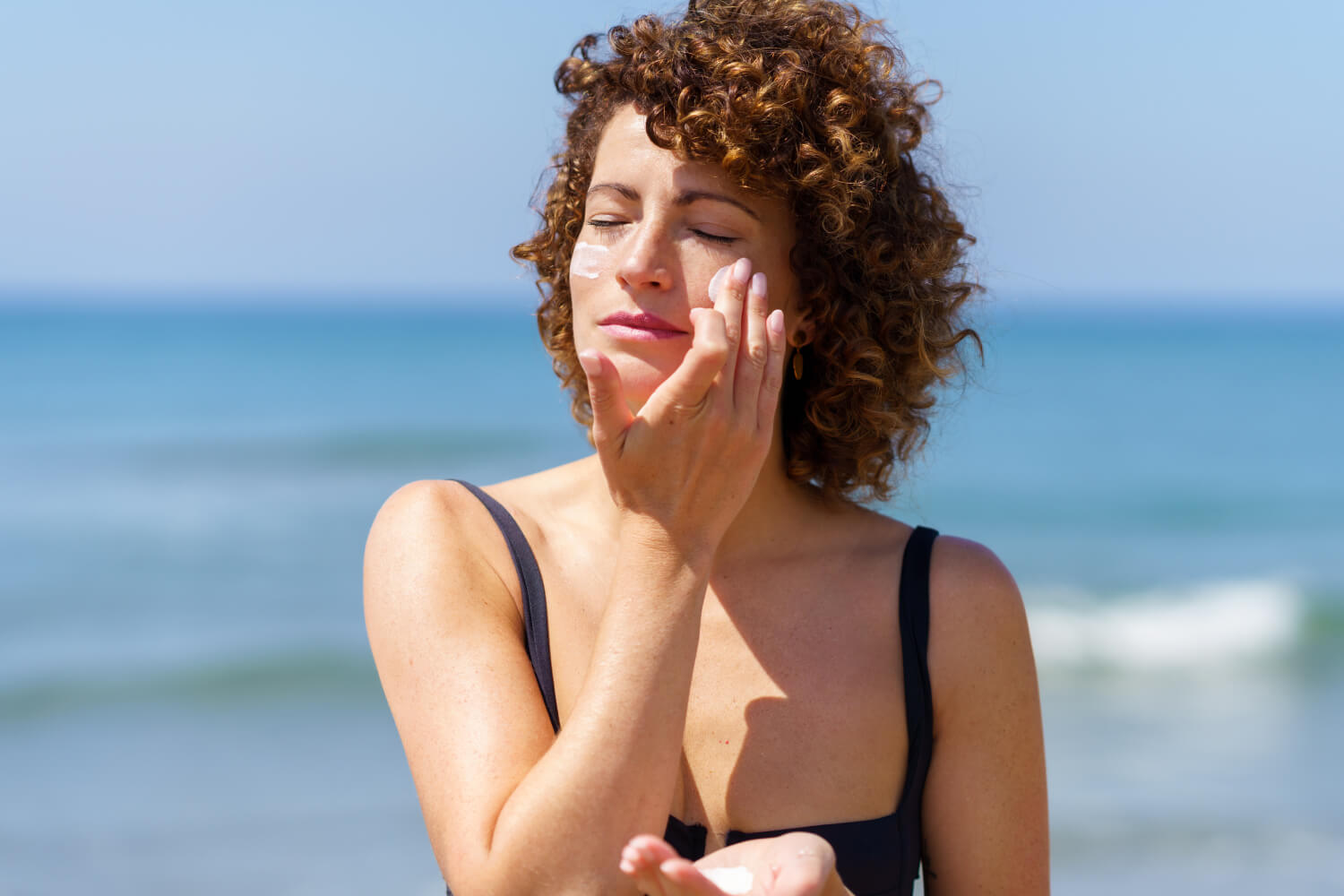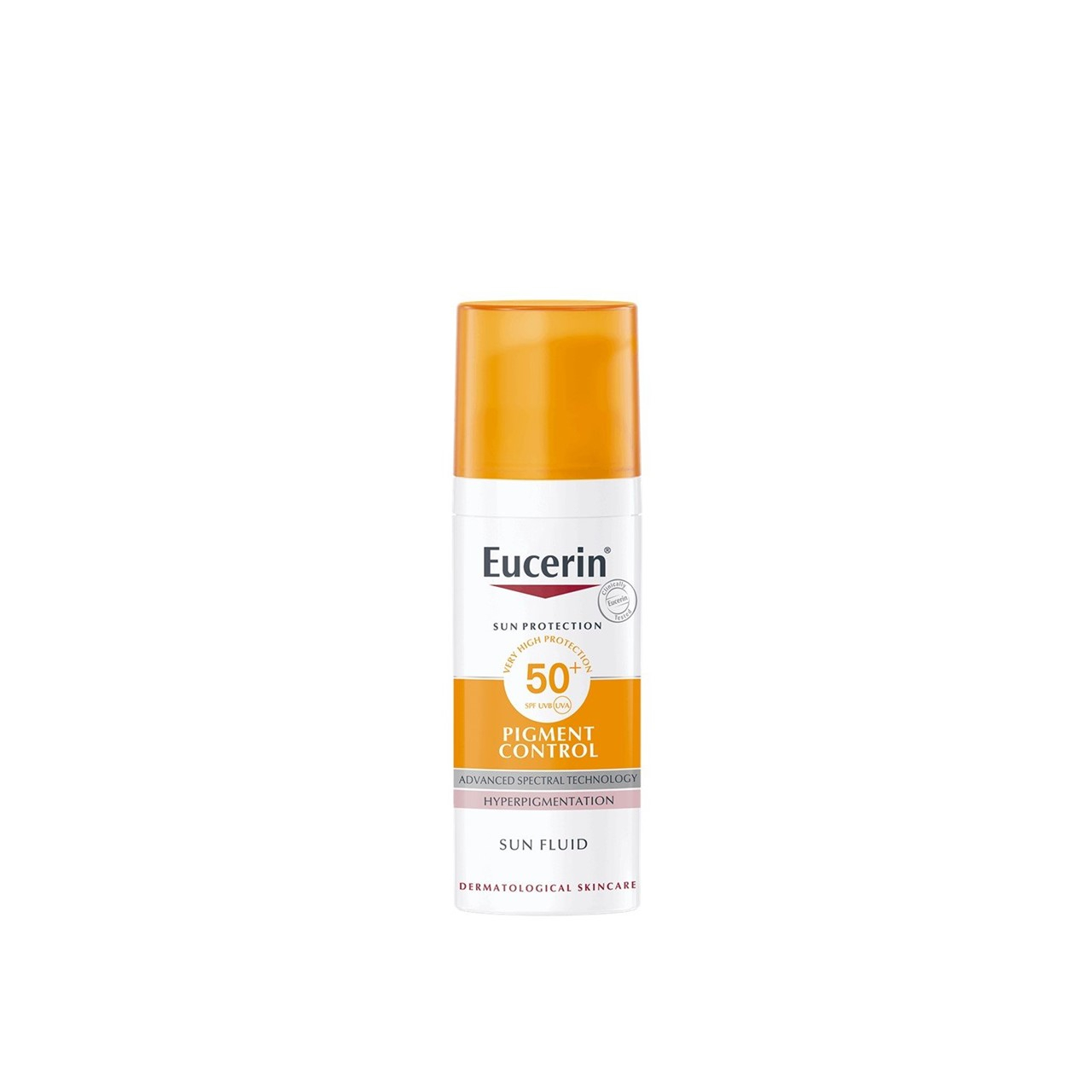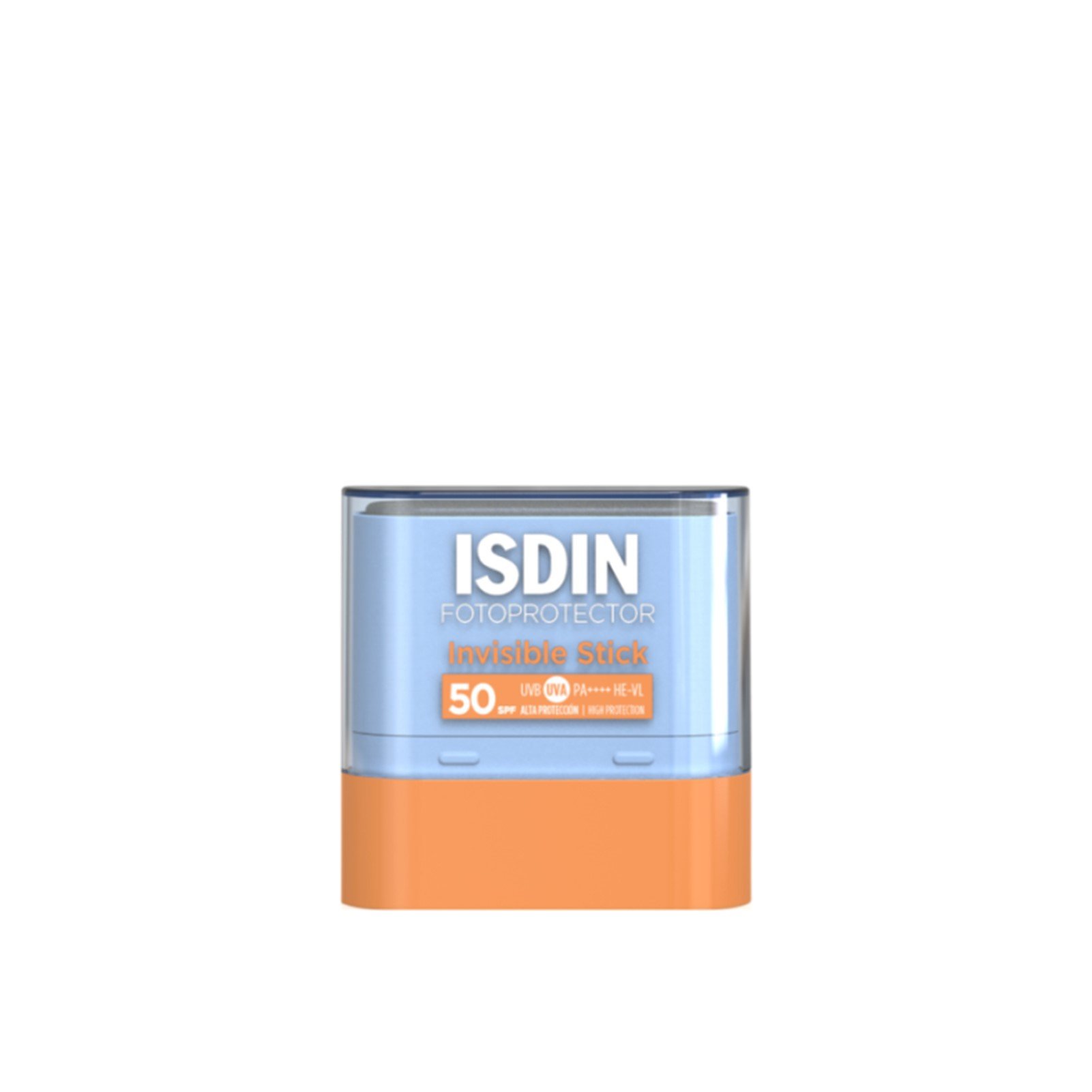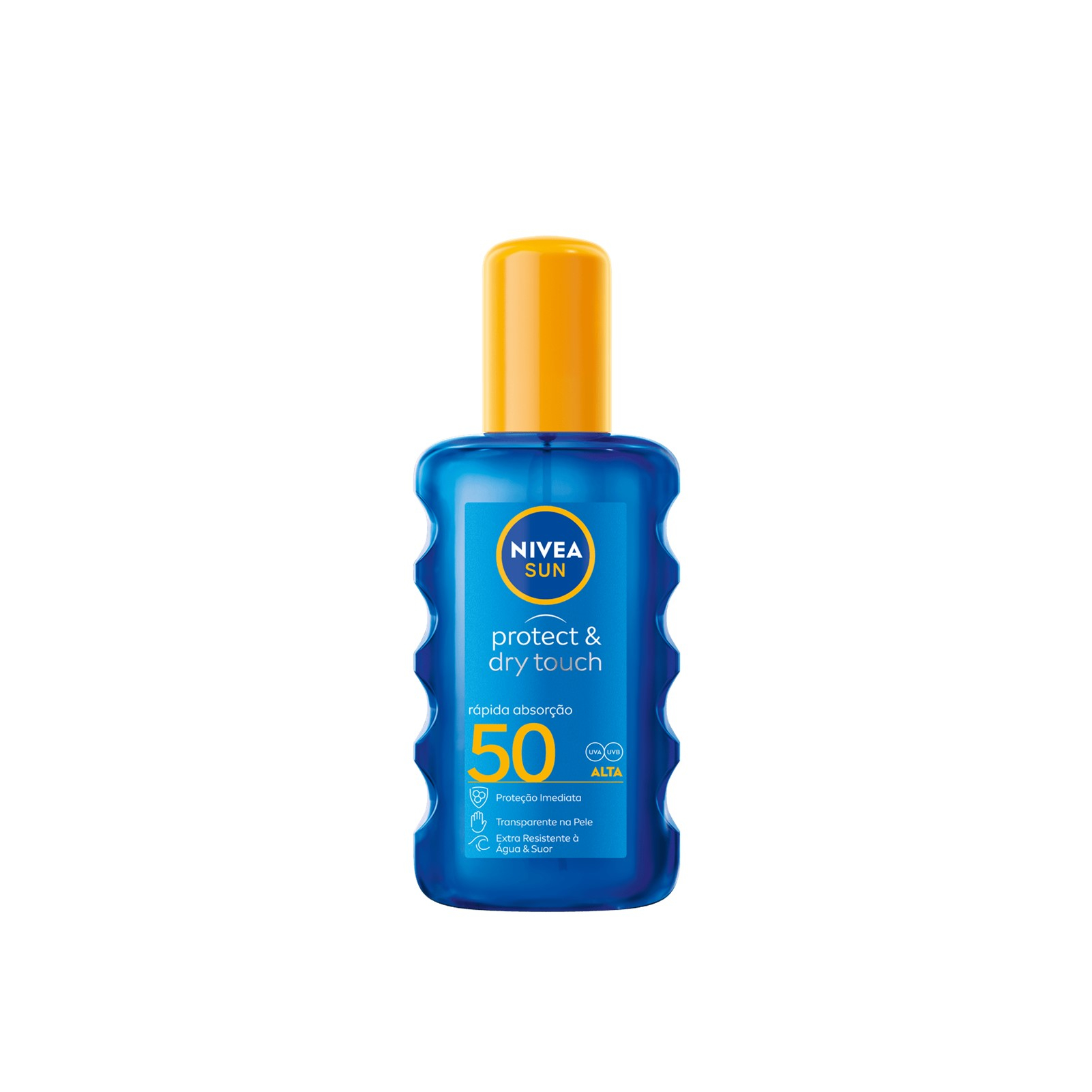
You may hear voices recommending avoiding toxic sunscreen, but what does that concept mean? Suggesting non-toxic solutions implies that there are toxic formulas available for consumers, but is that really the case? The word toxic is a heavy one; for something to be toxic, it means that it could be poisonous and put your health and safety in danger. The way we see it, the reality for sunscreens today is much safer than the word on the street. Today, we’re arguing that the sunscreen is not threatening at all, and we plan to do that with science-based references. Join us in exploring the myths of sunscreens and learn why finding non-toxic sunscreens shouldn’t be a concern.
Toxic sunscreen: facts vs. fear
Sunscreens are being accused of an array of things. While some accuse them of mild offenses, like being ineffective or preventing vitamin D production, others go as far as to say that “toxic sunscreens” are poisonous, cause skin cancer, and/or act as endocrine disruptors. According to an Harvard article that looks into the science of sunscreen, none of these claims have any scientific evidence to support their validity. Let’s look into each of these claims with more detail:
“Sunscreen prevents vitamin D production”
Since we don’t usually apply the recommended amount of sunscreen, we end up not compromising the production of vitamin D significantly. When we do, a supplement will do the trick, without taking a chance on skin cancer. Just make sure to check your vitamin levels and supplement whenever you have a deficiency. Being in the sun for long periods of time or during dangerous hours is definitely not the solution.
“Sunscreen is ineffective”
They’re actually not allowed to be ineffective. The European Commission has a “minimum efficacy standard for sunscreen products in order to ensure a high level of protection of public health”, legally determined. Section 3 of the document details that sunscreen “should provide for a minimum degree of protection against UVB and UVA radiation” and it “should be measured using standardised, reproducible testing methods”. Effective, they must be!
“Sunscreen causes skin cancer”, “acts as endocrine disruptors”, “toxic sunscreens are poisonous”
Here, we’ll have to refer you to Regulation (EC) No 1223/2009. The purpose of this regulation is to protect human health, detailing through 431 pages the maximum amount of every existing ingredient that can be used in cosmetics. And that includes a maximum limit for oxybenzone—an ingredient with particular bad press and advertised as a hormone disrupter—with detailed maximum amounts for different formulation uses (for face, body, etc).
What does “non-toxic sunscreen” really mean?
In response to the supposed threats that we’ve just analyzed, a “non-toxic” sunscreen would be the logical alternative. Those would be formulas that would protect the skin from the aggressions of sun exposure without compromising your health. The issue with this concept is the very premise: if sunscreens legally available are not, in fact, toxic, then you don’t need specific non-toxic formulas… all are non-toxic.
Long story short, “non-toxic sunscreen” means, in fact, nothing. A toxic sunscreen would be a cosmetic that would put your health on the line, and there is not one formula on the market that has not been tested to make sure you’re safe using it. We cannot say the same for the DIY formulas that are not tested and are not compliant with legislation, which end up being sold on unregulated artisanal markets.
EU Regulations on sunscreen safety
As we’ve explored in our post entirely dedicated to understanding fearmongering in cosmetics, most countries have regulatory systems in place to ensure the safety of cosmetic products. And as we’ve seen above, that’s the case for the European Union—where Care to Beauty is based—, where we benefit from one of the most strict legal frameworks in the world, grounded in the latest scientific evidence (check the EU Cosmetics Regulation to see what we’re talking about!). That means that every cosmetic, including every sunscreen formula that’s available legally in the EU, is not toxic when used according to the directions of the brand (as drinking a formula that has been tested for topical application could, in fact, be toxic).
The Annex VI of the Regulation (EC) No 1223/2009 lists all the UV filters allowed in cosmetic products. Each of the 34 substances is regulated for the maximum concentration, making sure that the limits for the safest use are met. Equally important, for those ingredients to which it may apply, additional rules may be defined, like “Not to be used in sprays” for Tris-biphenyl triazine, or “Keep in nitrite-free containers” for Methoxypropylamino Cyclohexenylidene Ethoxyethylcya noacetate.
As you can see, EU-approved sunscreens have no other option than to be effective and safe.
How to choose a safe, non-toxic sunscreen
As we’ve seen above, sunscreens that are readily available and that follow the rules are not toxic. We have, then, the entire catalog of legal formulas available this day to choose from, and that’s the tricky part. The safer sunscreen for you is the one that is: a) legal, b) answers your specific skin needs. If you have sensitive skin, you should consider formulas that are tailored for skin sensitivity. The same goes for those with oily or dry skin: find a formula that feels comfortable all day long on your skin type.
By now, we have 1000+ sunscreens available on our website. We have solutions for face, body, and hair sunscreens, plus a selection of formulas that answer the protection needs of those with actinic keratosis, and sun allergy, to name a few specific needs. Below, we present you with three of the hundred options you have!
Misinformation is the actual threat we should be aware of. False information is not harmless, as it may impact life and lifestyle options that may impact your general health and well-being. Being alert to greenwashing and fearmongering is a great way of protecting yourself.
Professional Makeup Artist & Beauty Writer





